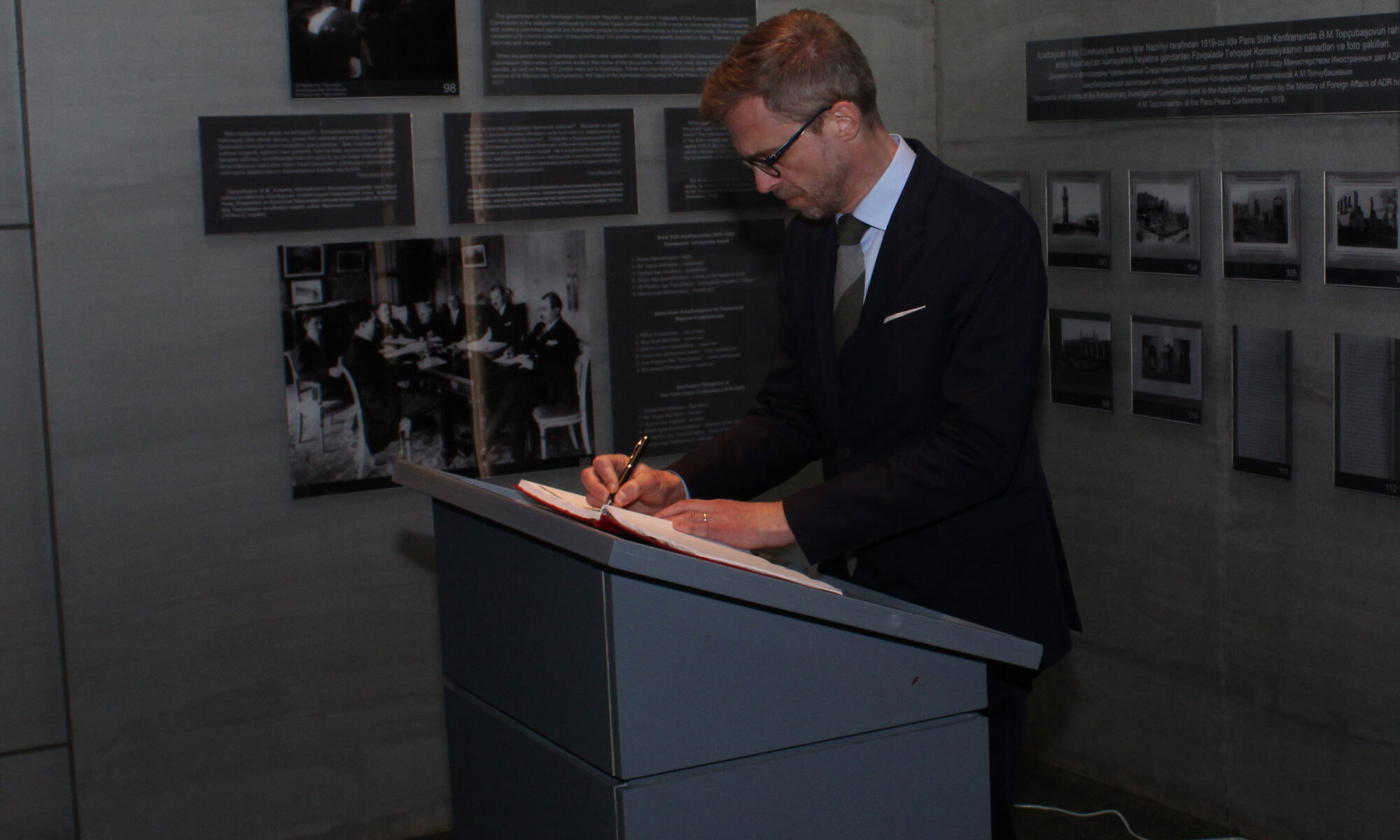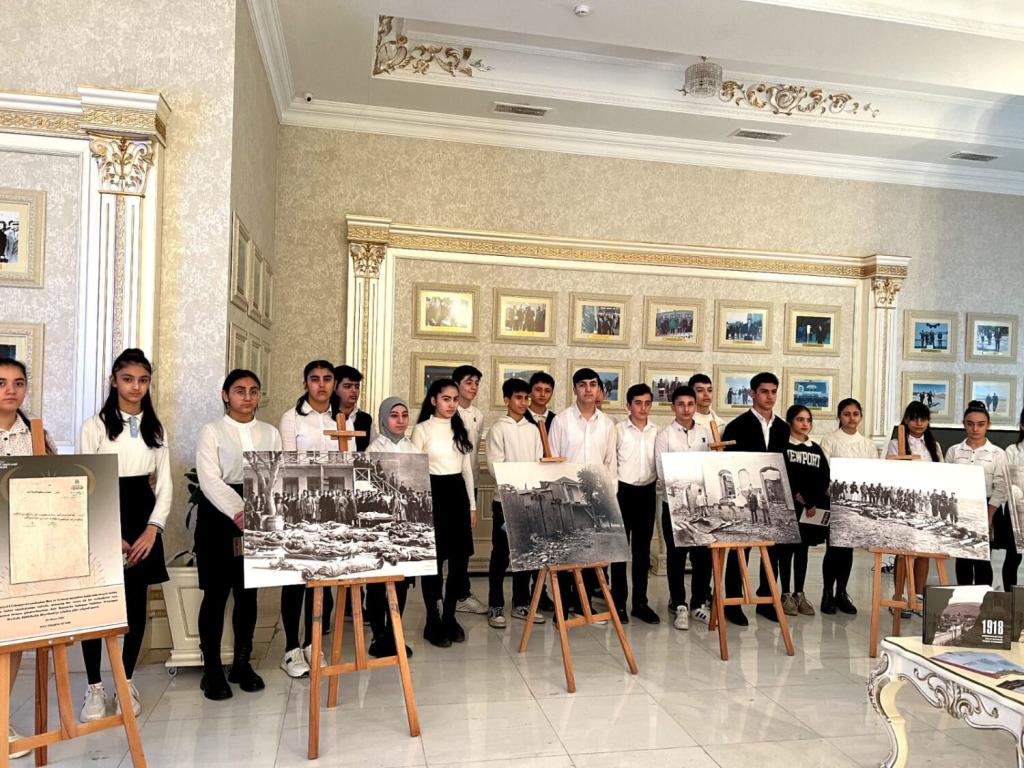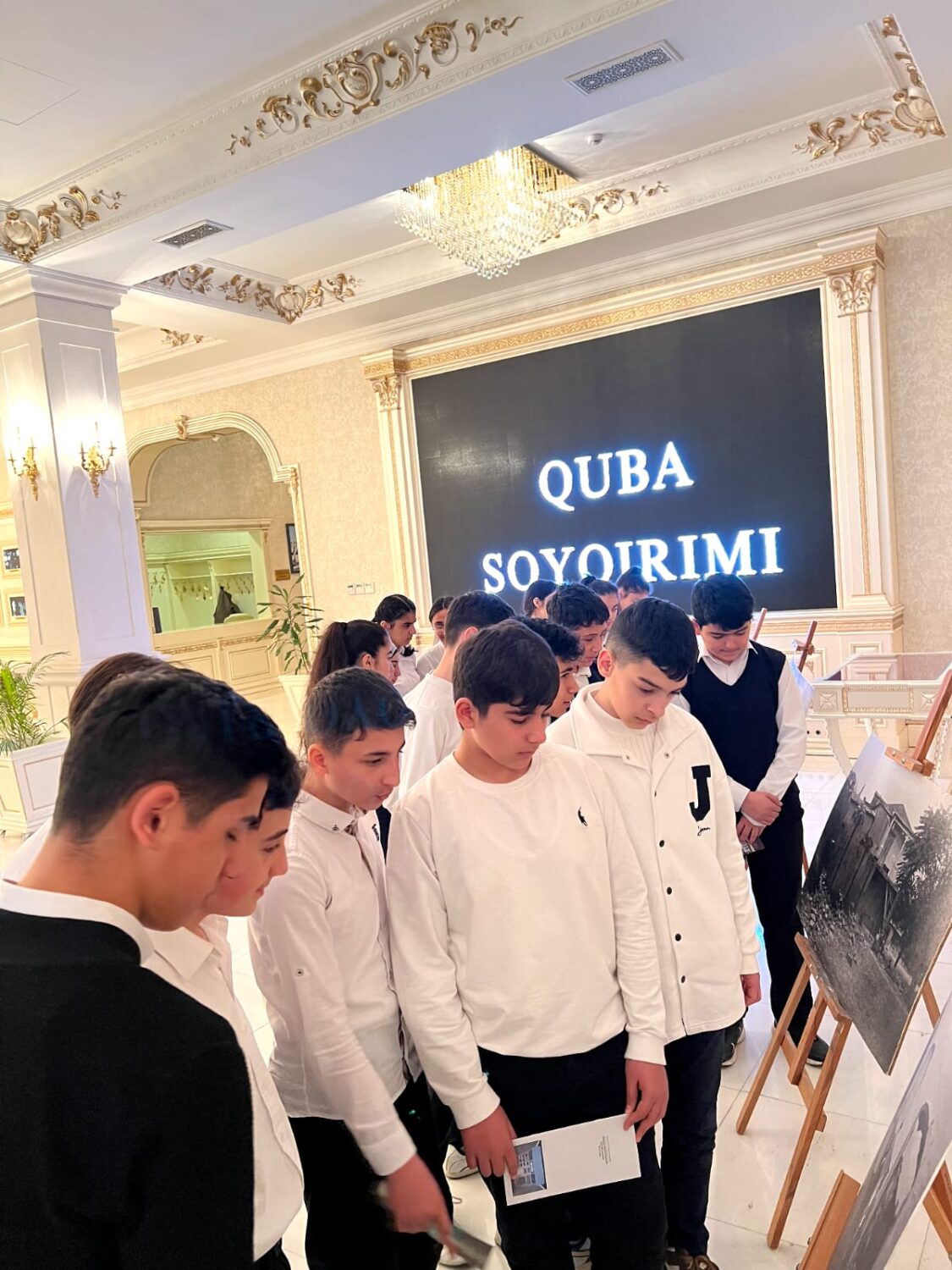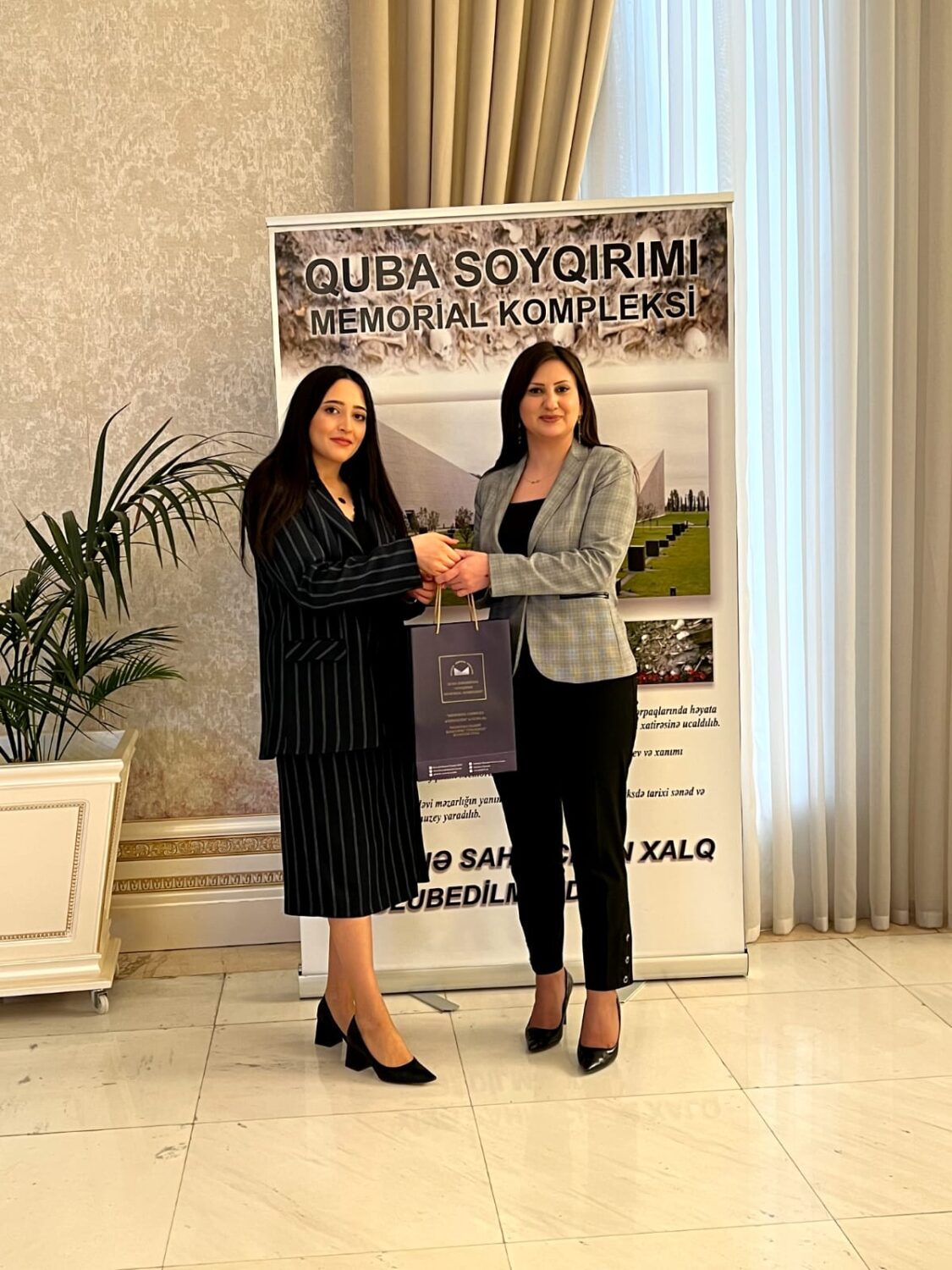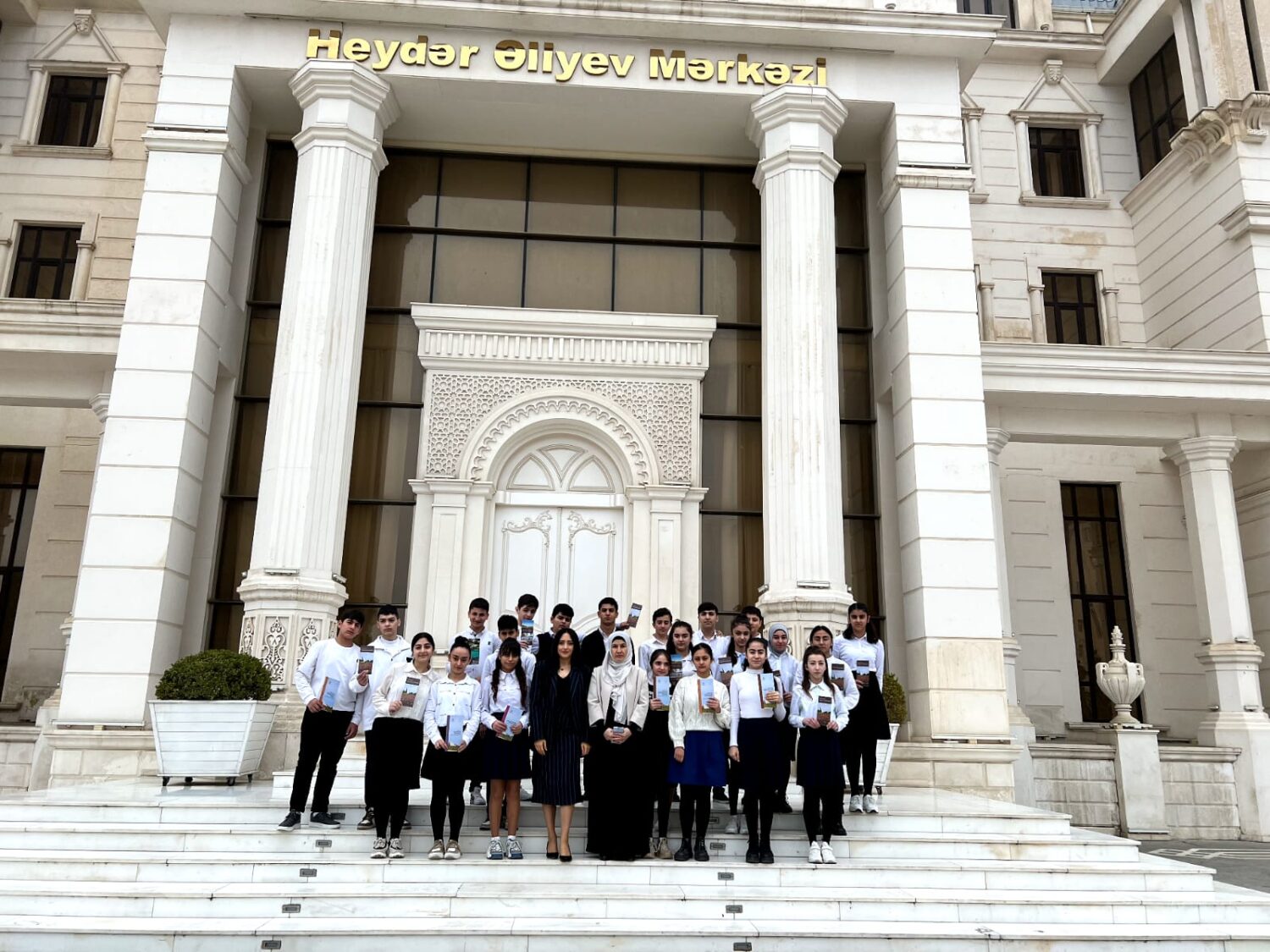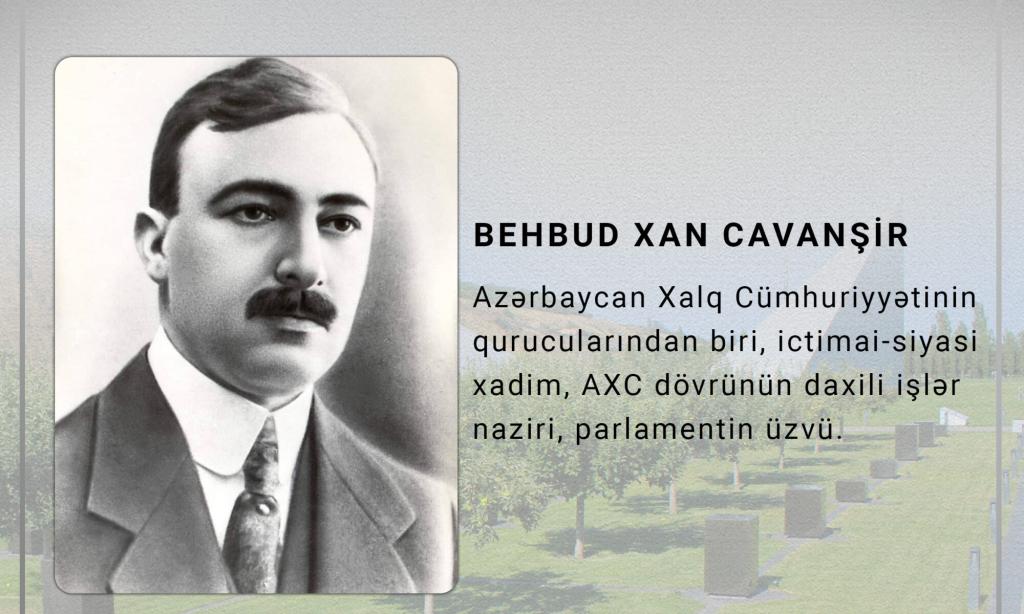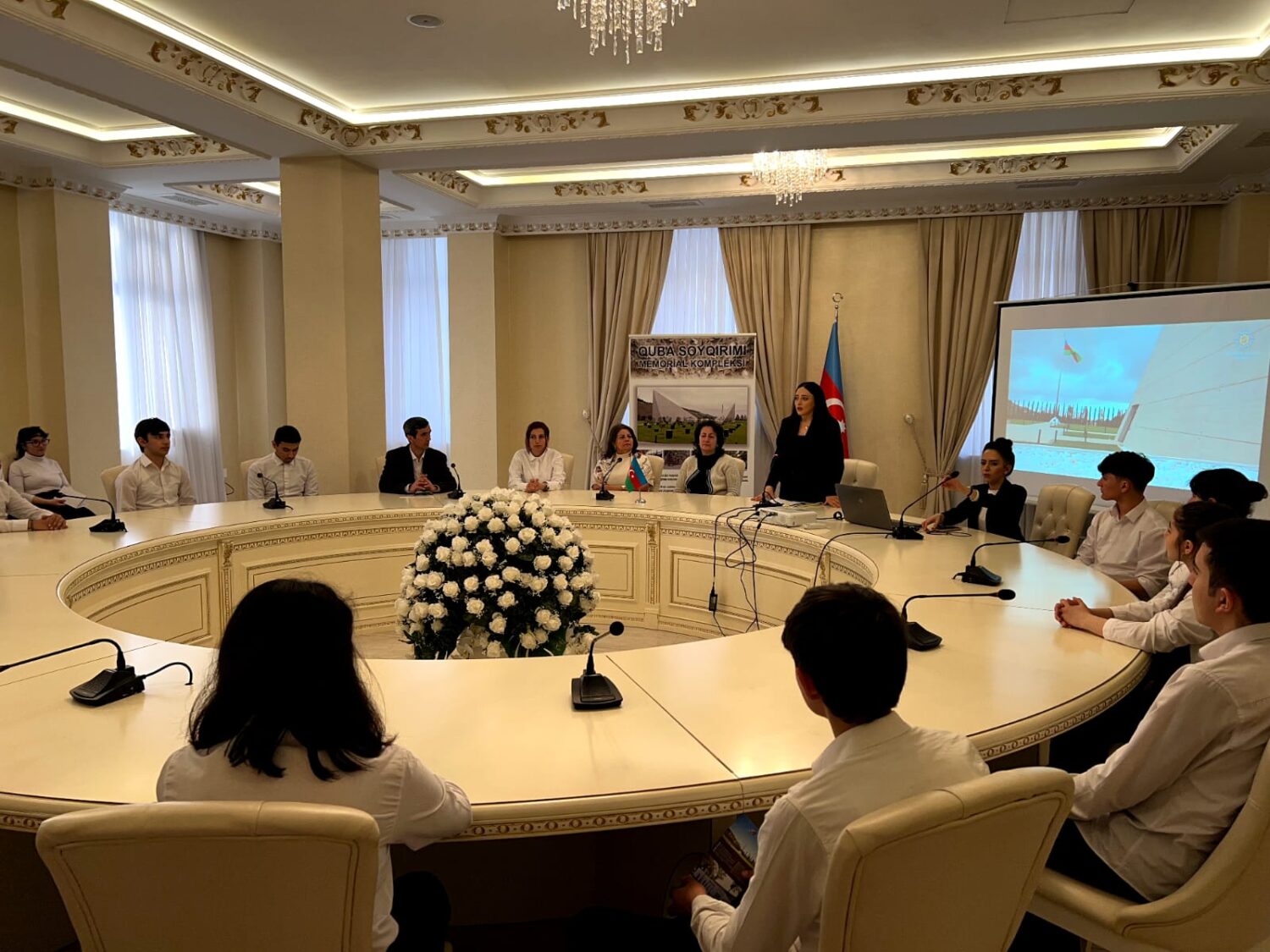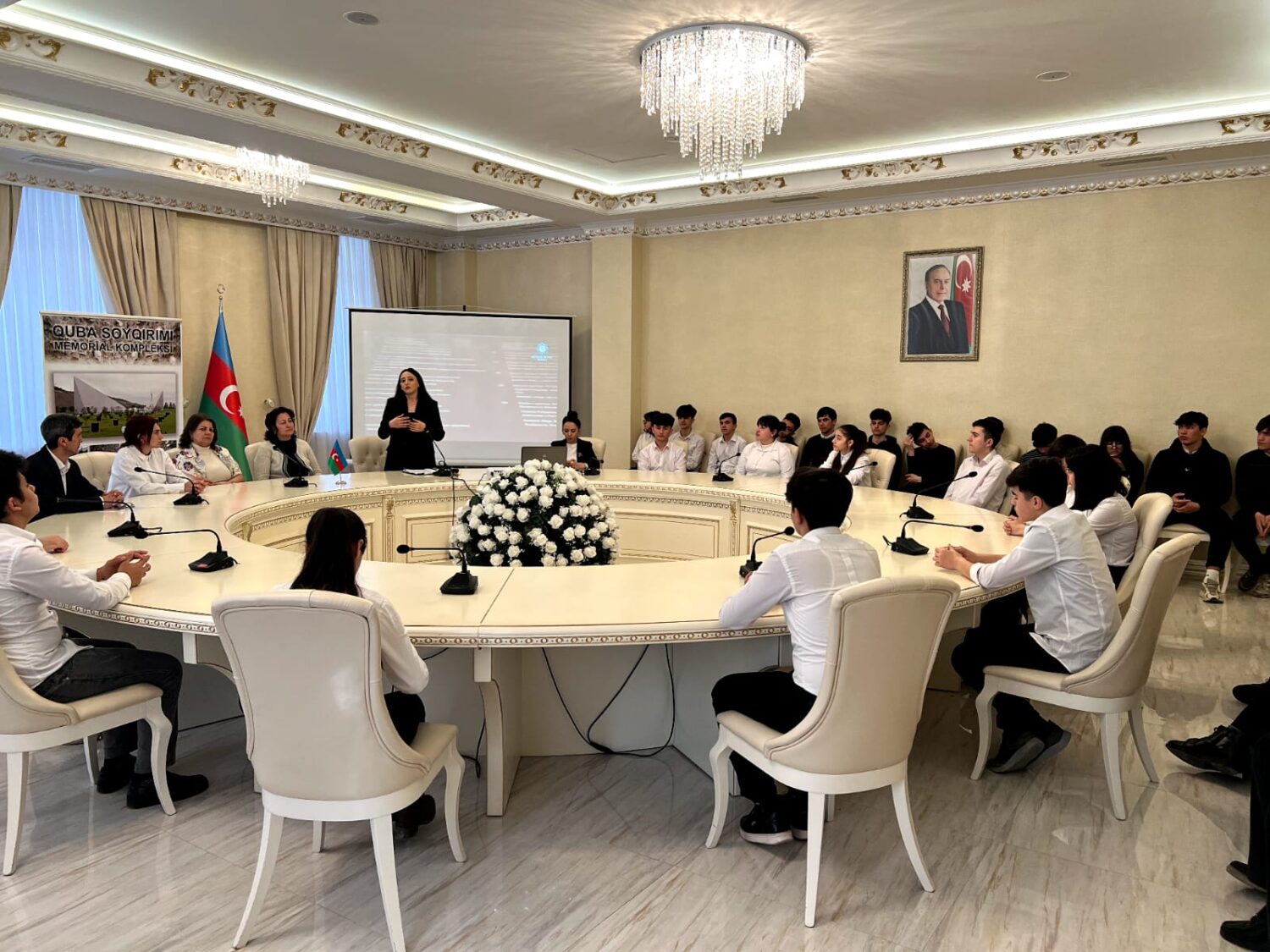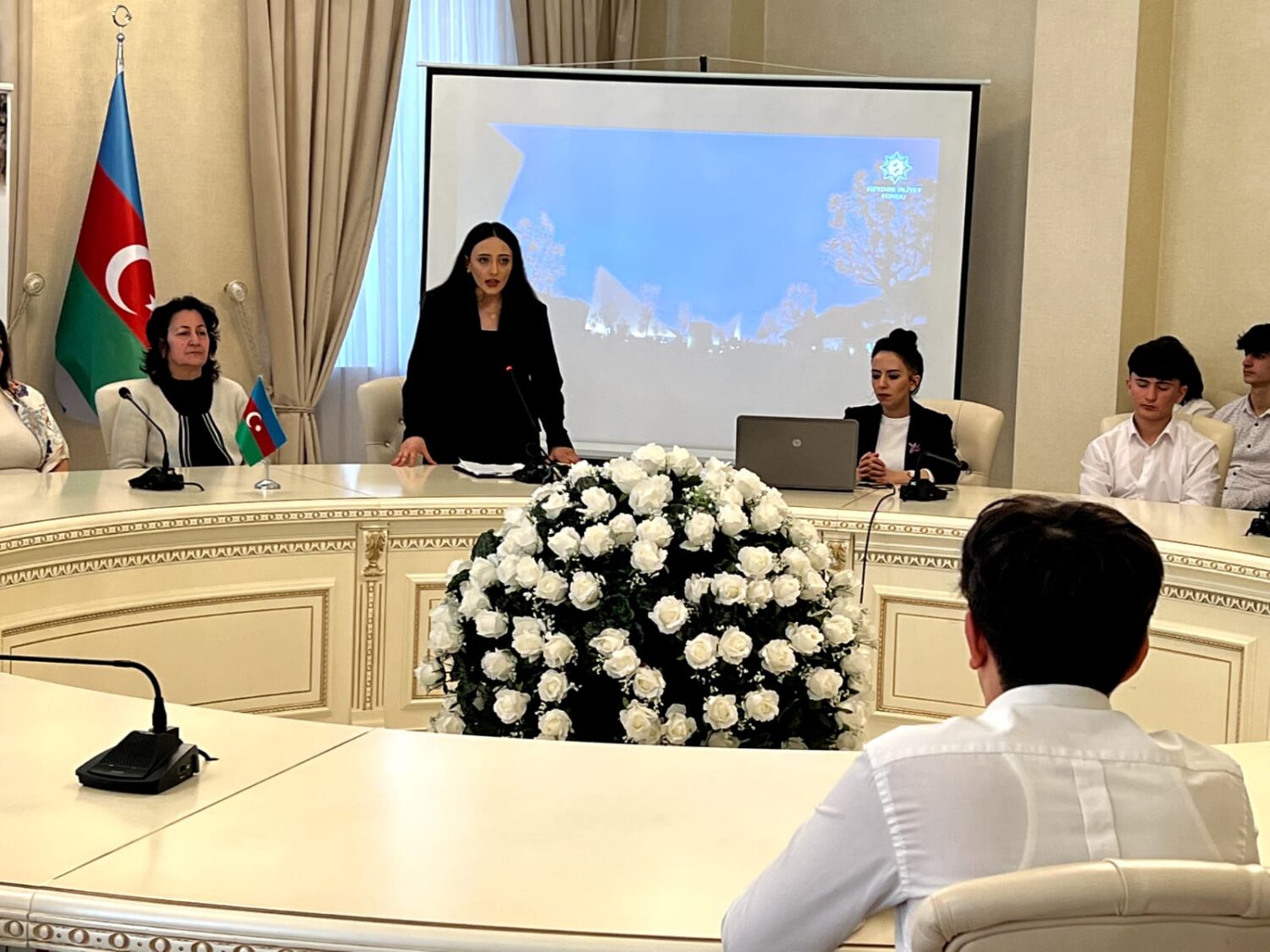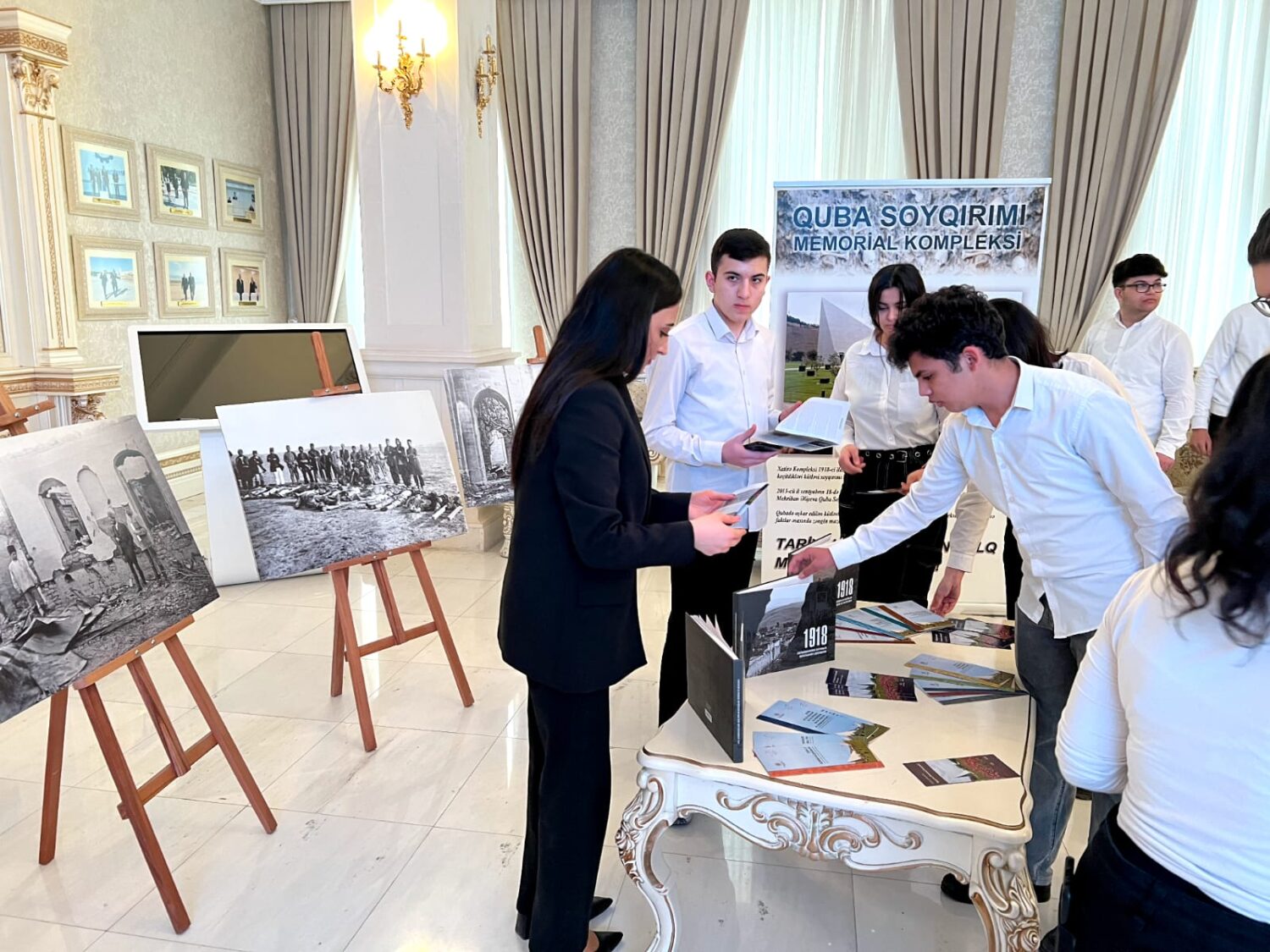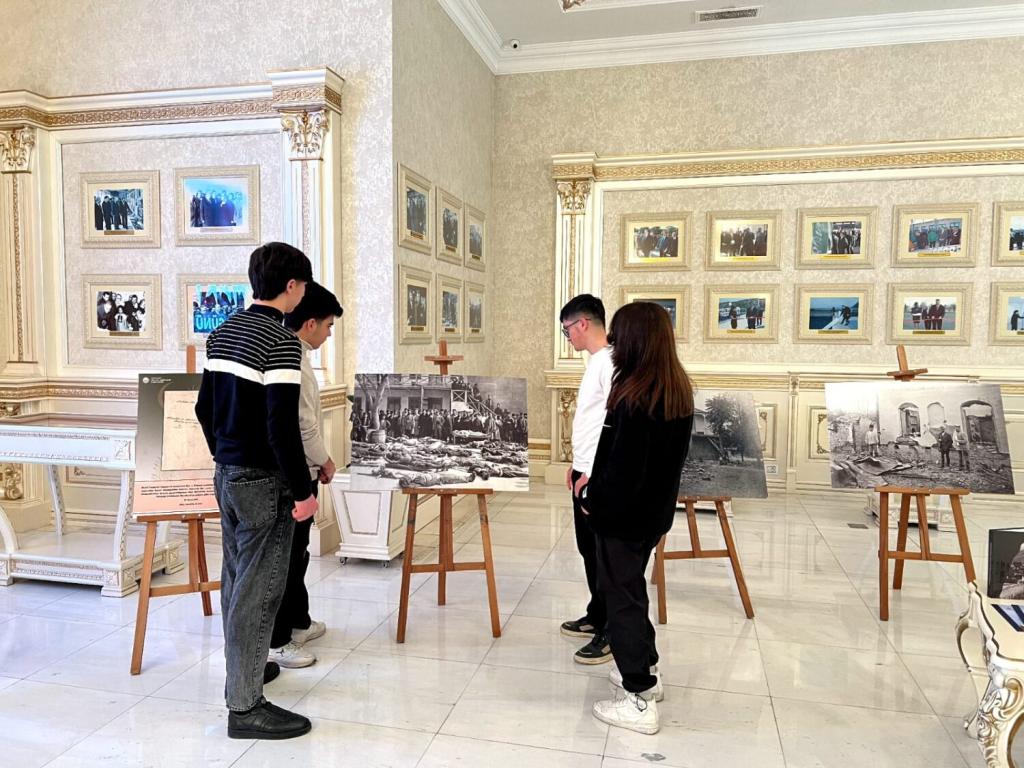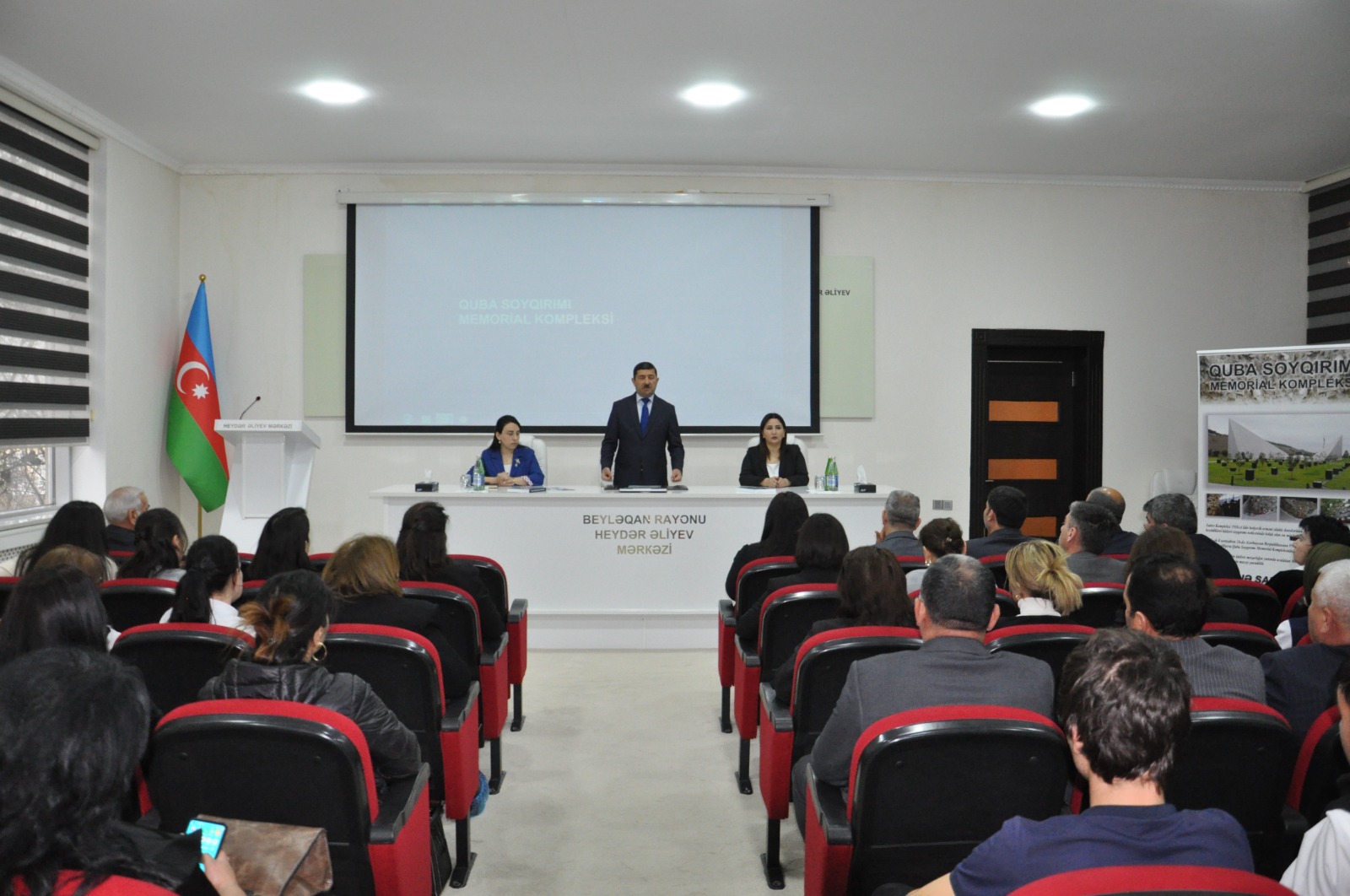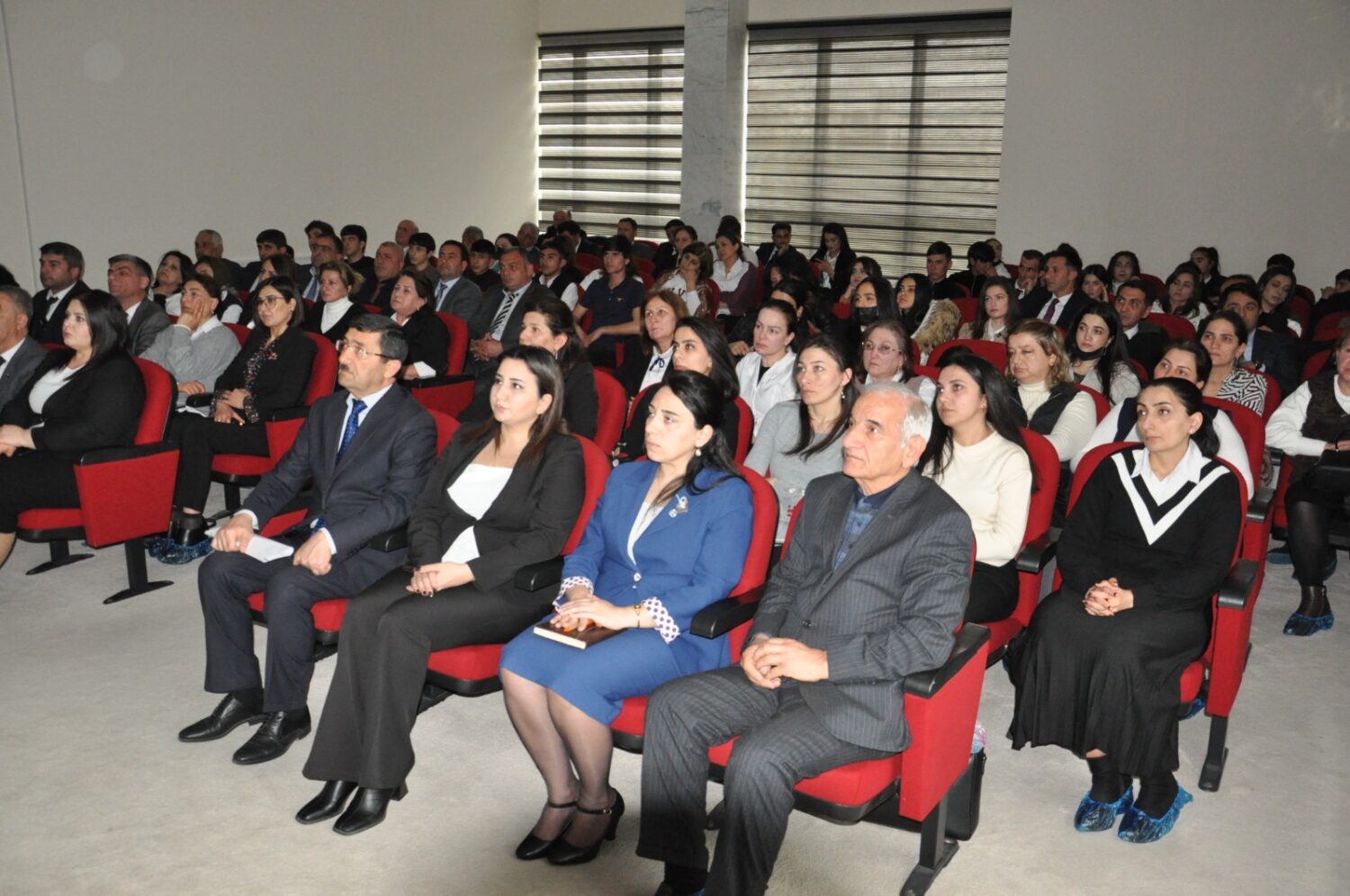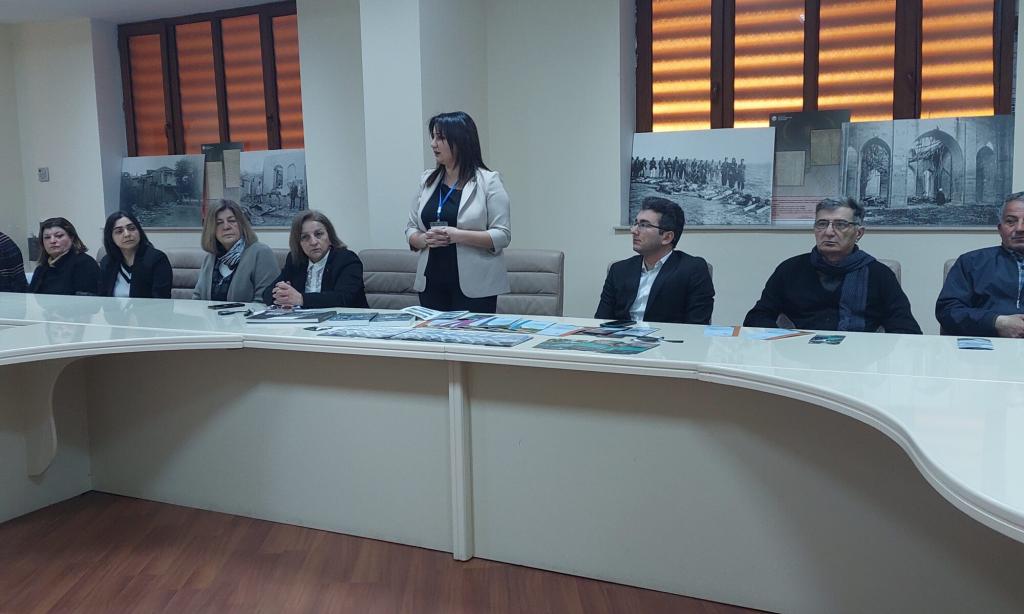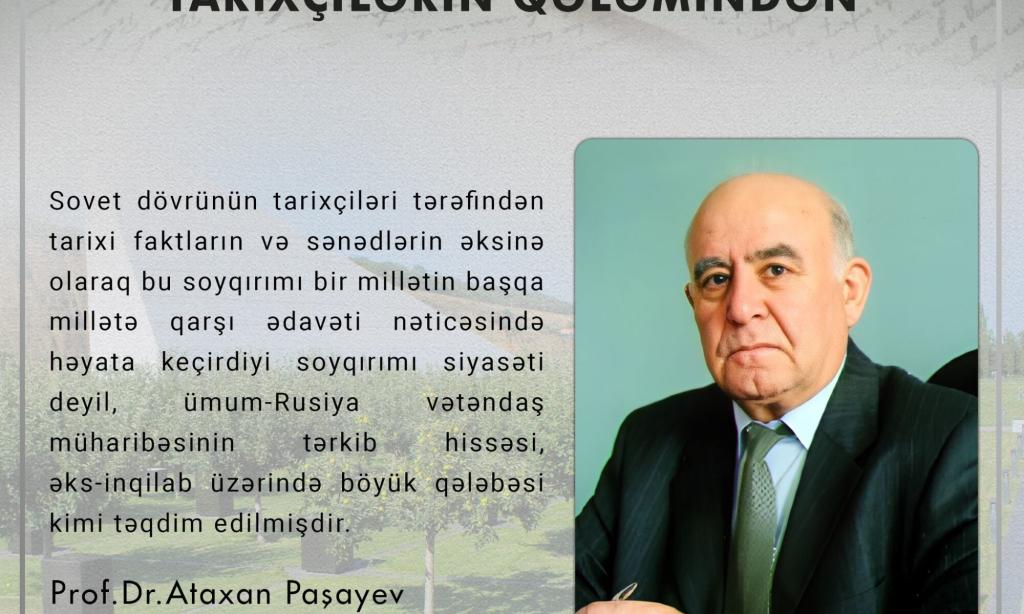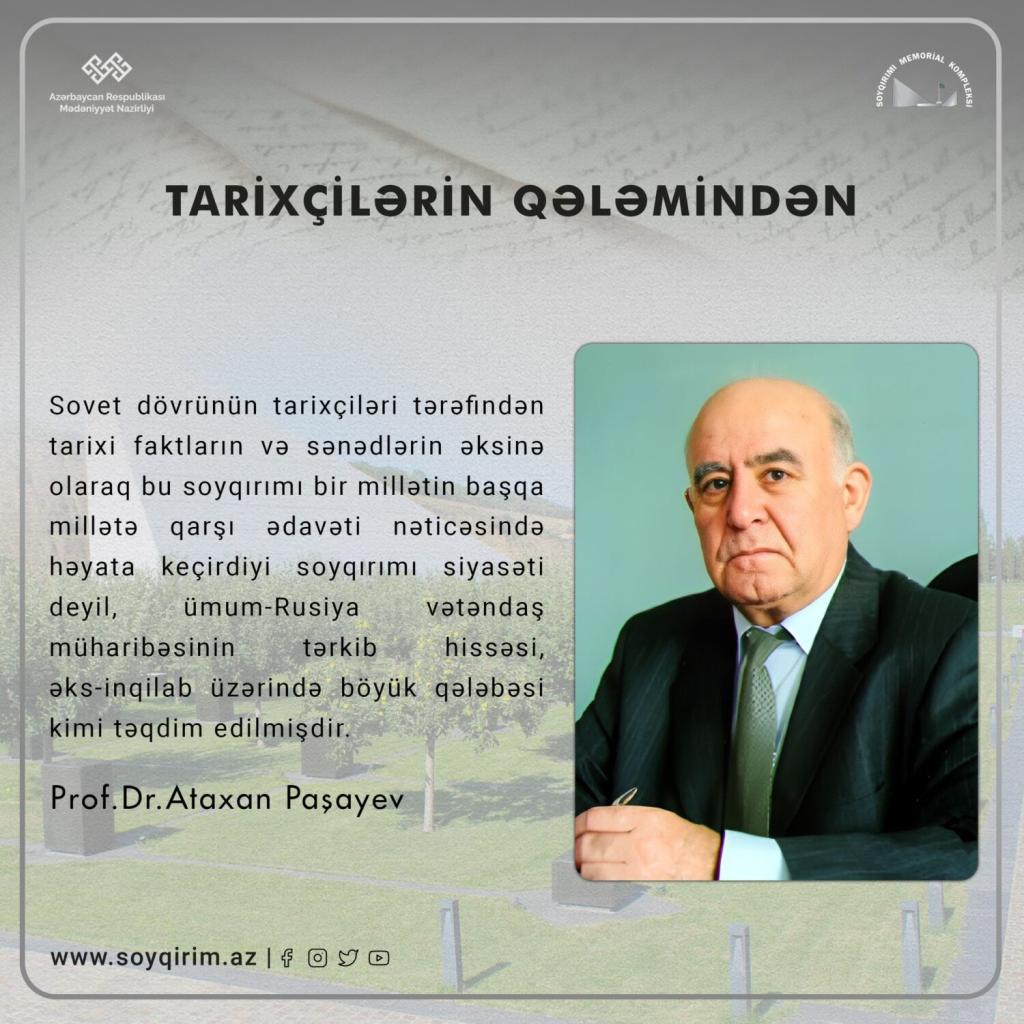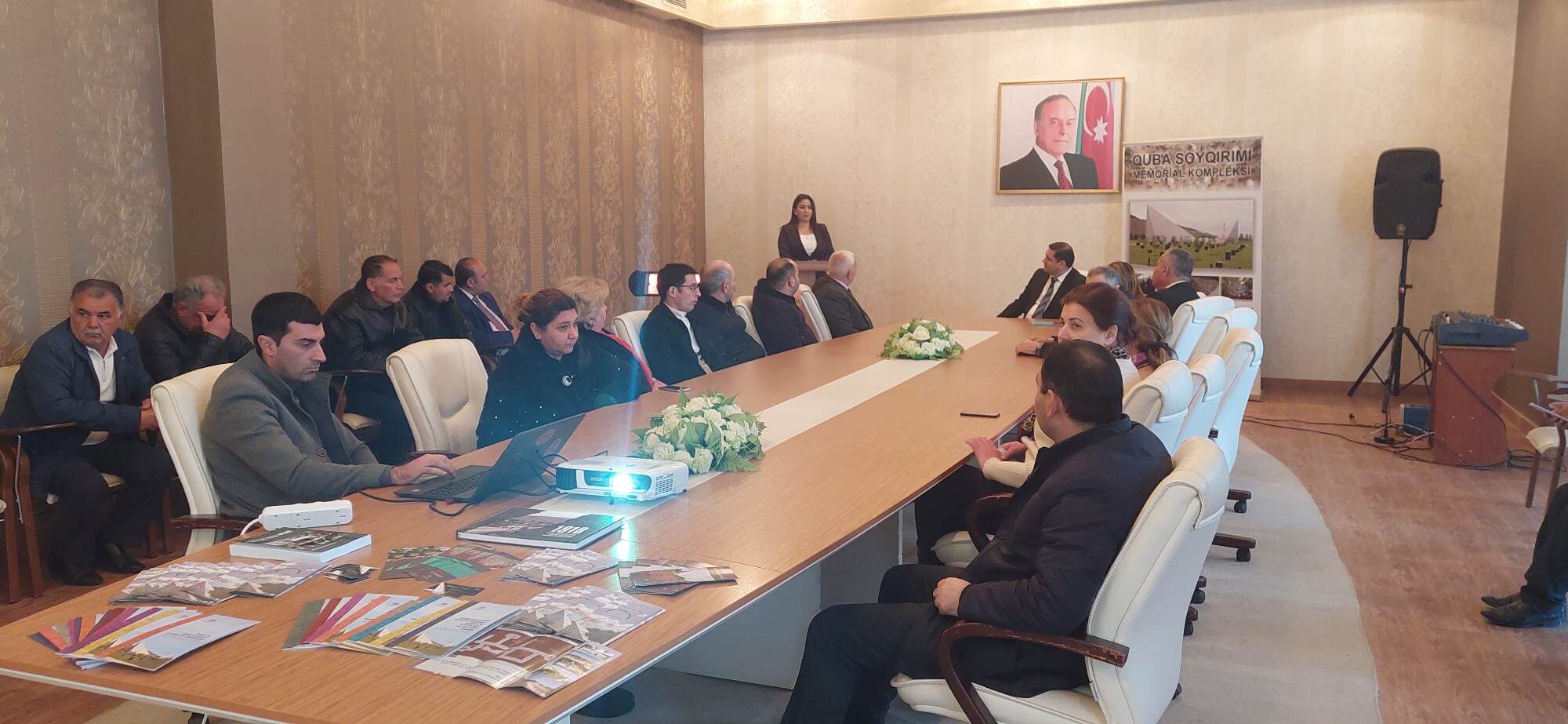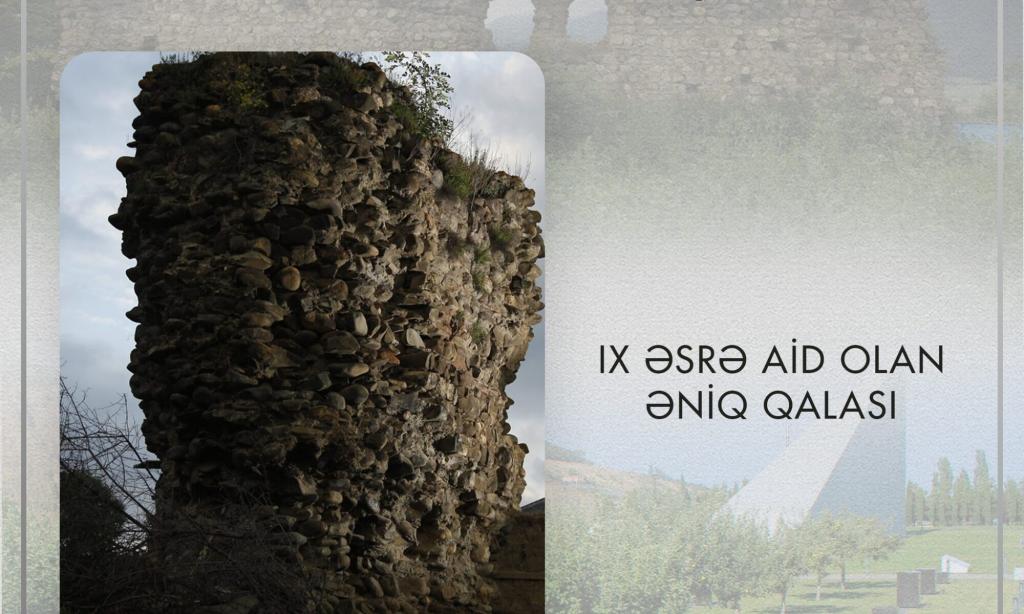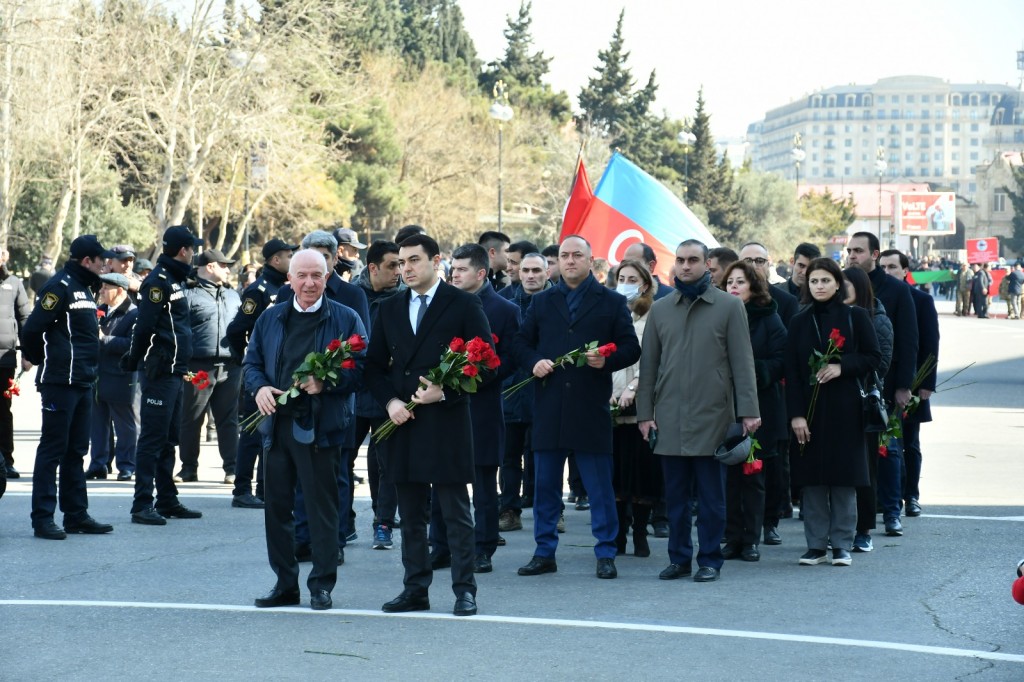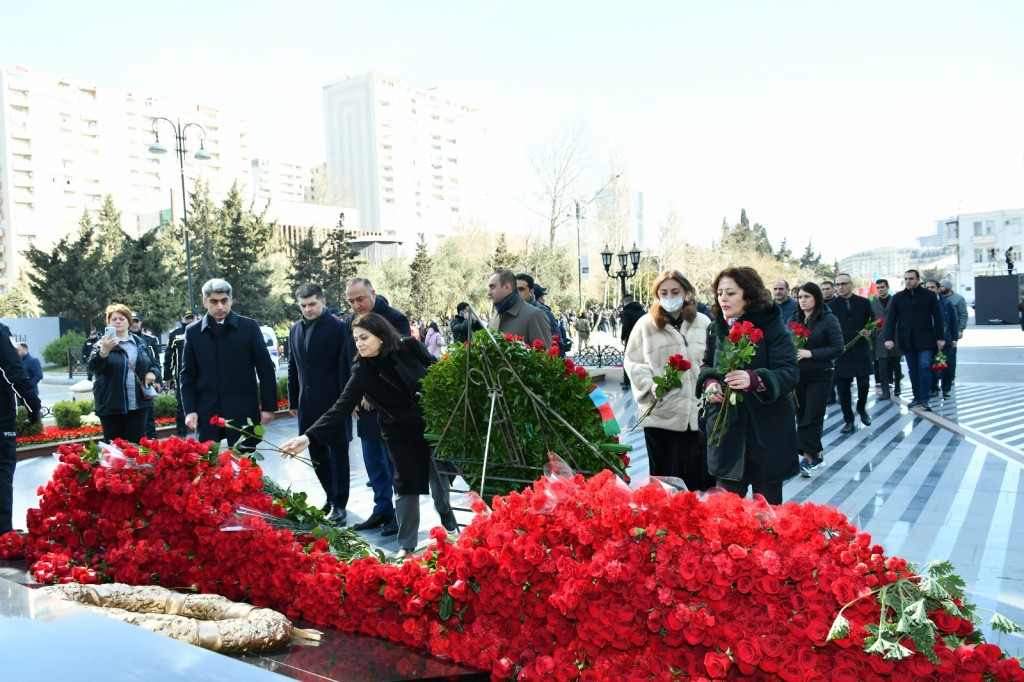


The ambassador got acquainted with the historical facts of Azerbaijan, historical documents and photographs reflecting the genocides committed on our lands in the last two centuries, and as a result thousands of civilized and innocent people were subjected to genocide. Later, the ambassador expressed his gratitude for the organization of the educational tour in the Memorial book of the museum.
It should be noted that almost 1 million people have visited the “Genocide Memorial Complex” in the city of Guba, which was opened by the special order of the President of the Republic of Azerbaijan Mr. Ilham Aliyev. More than 170,000 visitors are foreign citizens. Many extraordinary and authorized ambassadors of foreign countries (Israel, the United States of America, Japan, Korea, the United Arab Emirates, etc.) operating in our country have visited the Memorial Complex and witnessed the genocides committed against Azerbaijanis in 1918.

